Living in a reinforced forest, in order to have a glimpse of the wild animals, you went all the way to the zoo, across a large circle of enrichment facilities, looking forward to even a glimpse of a tiger and a lion.
In contrast, you may think that our ancestors were much happier: the living creatures they could see, except for their companions, were all “wild animals”; what they ate, except for vegetarian dishes, were “game”…
In fact, if you live this kind of life for a few days, you will understand how hard it is to live alone and without company. In order to allow themselves to live a more comfortable life (and by the way, to benefit their descendants), primitive people began a process of animal domestication full of hardships. It is no exaggeration to say that this is a bitter history of blood and tears.
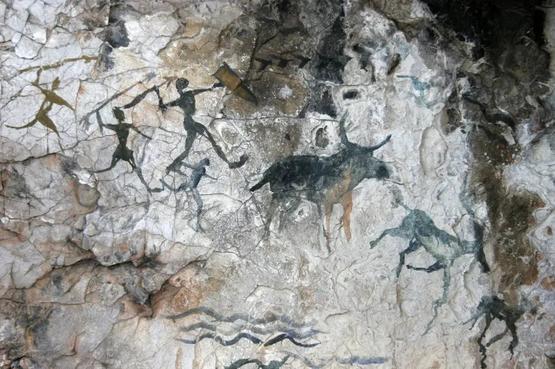
The bitter history of blood and tears | Tu Wo Creative
Note: The domesticated animals discussed in this article refer to the animals for which humans have developed perfect and mature breeding techniques under long-term breeding activities, including meat animals such as cattle and chickens, as well as horses, dog etc.
Step1: Let humans and animals “close contact”
The possibility of domestication begins with the mutual contact of ancient humans and individual animals. Don’t watch the primitive people in the movie fighting with wild animals all day long. In reality, it is not easy to create a suitable opportunity for the two to meet. First, wild large animals are generally secretive, and will do everything possible to avoid direct contact with humans; second, the scenes where primitive humans capture these animals are usually bloody and violent. There is a possibility of “domestication”. Therefore, it is currently believed that wild animals that could be domesticated by prehistoric humans are often distributed not far from human tribes , and ancient humans are likely to steal back the animal cubs that were waiting to be fed while their parents went out for food during a time when love was overflowing. Domestication was gradually completed over a thousand years of selection [1]. The guess is not without merit: to this day, some tribes in the Amazon rainforest still have a tradition of bringing back animal cubs from the wild and keeping them as pets. These “chosen children” include but are not limited to leopard cats, American lynx, etc. [2] (Of course, this behavior is a microcosm of early human civilization and should not appear in modern society, which means you can’t see a leopard cat cub in the wild and take it home. )
There are exceptions, of course— some animals find their way entirely : On the Mediterranean coast about 10,000 years ago, the cultivation and storage of grains by humans attracted rodents, followed by feral cats that fed on these rodents Also uninvited [3]. These African wild cats (Felis silvestris lybica, the wild ancestor of today’s domestic cats) who dare to approach human villages are often bold, which undoubtedly provides a good foundation for further human contact and domestication.
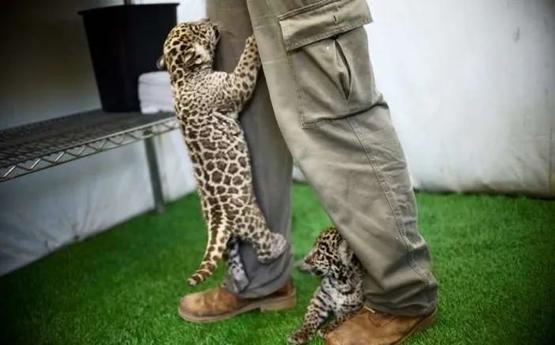
Adult large animals are generally less accessible, but pups are much better. Animal domestication may have started with the raising of animal cubs by ancient humans. |phys.org
Step2: Let the domesticated animals continue
To put it simply, animal domestication is nothing more than ” human breeding of animals under breeding conditions for the sake of some aspect of their value “. To put it bluntly, the core of domestication lies in ” artificial breeding “: only if animals can continue from generation to generation in the hands of humans, the effect of selective breeding can be accumulated from generation to generation. But artificial breeding is easier said than done? Especially in primitive societies lacking advanced technology, in order for domesticated animals to complete a complete life cycle , we must first solve: how to raise them well? How can I have a baby after raising it? How can I raise a baby after giving birth?
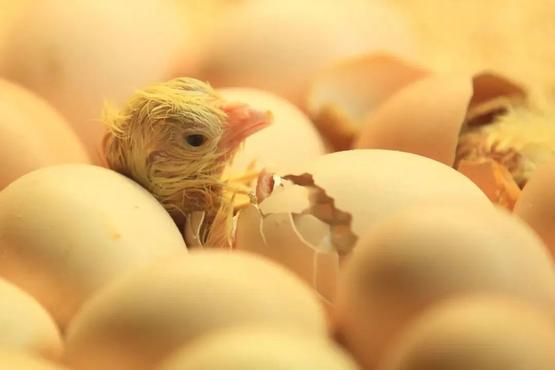
Let domesticated animals complete the complete life cycle | Tu Wo Creative
It is these problems that have eliminated a large number of wild animals from the “candidate list” one by one.
First of all, the vast majority of wild animals will have strong irritability in the face of humans , which is “nervous” in popular terms, which is manifested in refusing to eat, running away when they see people, or even being directly scared to death. It’s not their fault, of course, it’s just an imprint in their genes to avoid the risk of predation. Although the stress of some species can be gradually weakened through generational selection, for most species, stress is a major obstacle to domestication .
Secondly, many herbivores, especially adult males, have a strong sense of territory . They attack each other in captivity, and they also require each individual to have a large enough space for movement. This is obviously unrealistic for large-scale feeding management.

The “frightened” silver fox (Vulpes vulpes) and individuals close to humans after selection | Reference [4]
Finally comes mating and pup rearing. Many animals have relatively fixed reproduction patterns , that is, there are a series of requirements for environmental conditions, sex ratios, mating sequences, etc. during reproduction. These requirements are often difficult to achieve in the rearing state. Typical representatives are migratory fishes that need to reproduce across salinity gradients ; in some animal populations with more complex internal relationships, the presence of sociality means that mating rights are only held by a few individuals , such as many primates. This is clearly not what farmers want to see. What they favor is the “promiscuous insects” who are always like a female cat whenever and wherever they come [3], but unfortunately, the “casual nature” like a female cat is not very common.

Mother “big cat”: what about me? AI: No… No, you continue | Figureworm Creative
So far, the matter is not over. Even if the parents do mate and lay a bunch of lovely eggs/pups, how to bring them up can still be a problem . Many ungulates (such as pigs, cattle, sheep, etc.) are born with independent living ability soon after birth. Even if this is not the case, dedicated mothers will continue to breastfeed for a period of time to ensure the development of the young. But not all species are so reassuring. Some irresponsible parents have bred and left the baby behind – let you humans figure it out for yourself. The worst thing is that these cubs are not only small , but also have extremely high demands on the environment and food , which can make breeders rack their brains. Even some animals with important economic value, their reproductive problems have not been completely overcome, such as various eels.
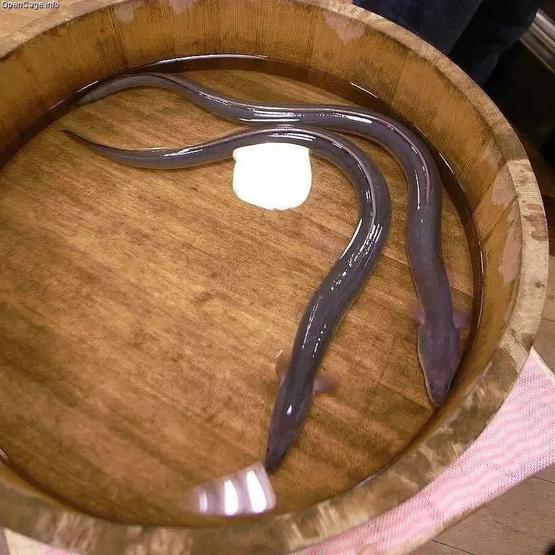
Japanese eel|opencage
Step 3: Let human beings get a net benefit
After all, it seems that there are very few animals that can be domesticated. At this time, it is the turn of human beings to carry out some “anti-election”: in the final analysis, the ancestors domesticated animals, in the end, it was for their own benefit. Those that are of little value when they are raised, or whose breeding costs are greater than the benefits, should not be used.
If you think about it a little, you will find that most of the common livestock are plant-based, such as pigs, cattle and sheep. This is mainly because in primitive societies where productivity is not yet developed, raising herbivorous animals does not need to directly consume human survival resources [5], so the cost is the lowest: these livestock can completely feed themselves by foraging freely on the pasture, while The vegetation resources they consume have little other value to humans. But with that said, elephants in Africa and Southeast Asia seem like a viable option. But despite their unmanageable size, elephants have such a long lifespan that it is hardly an exaggeration to say that they lived as long as people in prehistoric societies. It is not realistic to rely on them as a steady source of meat [5].
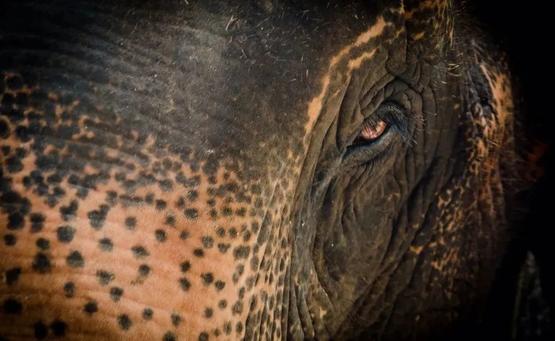
A steady source of meat? AI: hey…hehe (nodding and bowing.gif)|Graphic Creative
It is worth mentioning that due to the development of society and changes in human values, some species that were not considered domesticated by the ancestors are now gradually being valued by the breeding industry. For example, none of the various deer species widely distributed in my country have been domesticated by ancient humans, which is likely due to their low fertility – almost only one cub per litter [1]. However, driven by the huge contemporary demand for traditional Chinese medicine, farming them has also become profitable. Of course, thanks to the fact that many deer have the basic conditions for domestication, the sika deer breeding industry has developed a relatively complete system within a few decades. If this continues, perhaps in the near future, domesticated “house deer” that have been further bred artificially may become as common as cattle and sheep .
Epilogue
The livestock we use for food now can cause zoonotic diseases (such as swine flu) occasionally, but compared to the state of primitive man who was infested with parasites, bacteria, and viruses carried by wild animals, it is far better. many. This is mainly due to the in-depth understanding of the physiological characteristics of livestock in the long-term domestication and breeding practice of human beings, and the rational use of veterinary drugs on this basis.
The reason why I wrote this article is not to trace how humans have overcome difficulties and obstacles on the road of animal domestication in order to improve the quality of life. The idea of ”game” when you get tired of eating is also hoped that everyone understands that although there are few species of livestock, it is much safer than eating game . Our understanding of those wild animals that have not been domesticated is so little that even some sanitary animals that have begun to gradually pilot artificial breeding will inevitably be caused by various possible omissions and unknowns in the process of transportation, processing and sales. security issues.
What about captive-bred wild animals? The suggestion is “if you can avoid it”, after all, before a major security crisis broke out, no one could tell whether they were “really safe”.
references
[1] Yuan Jing, & Dong Ningning. (2018). Rethinking the origin of domesticated animals in China. Archaeology, 612(09), 2+116-123.
[2] Serpell, JA (1996). In the Company of Animals, 2nd edition. Cambridge: Cambridge University Press
[3] Turner, DC, Bateson, P., & Bateson, PPG (Eds.). (2000). The domestic cat: the biology of its behaviour. Cambridge University Press.
[4] Trut, L., Oskina, I., & Kharlamova, A. (2009). Animal evolution during domestication: the domesticated fox as a model. Bioessays, 31(3), 349-360.
[5] Famula, TR (2014). Domestication of animals.
Author: Wang Hanchen
Editor: Luna, Xiaodi
an AI
Why can’t the ancestors domesticate more animals? After hearing this, all the ancestors lifted their coffins and released a group of mammoths.
This article is from Nutshell and may not be reproduced without authorization.
If necessary, please contact [email protected]

This article is reproduced from: http://www.guokr.com/article/462058/
This site is for inclusion only, and the copyright belongs to the original author.
